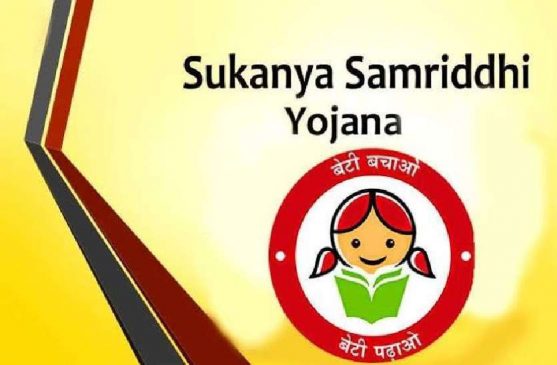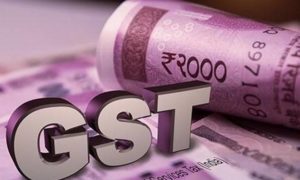The Sukanya Samriddhi Yojana (SSY) continues to be a popular investment option for parents seeking to secure their daughters’ financial futures.
The Sukanya Samriddhi Yojana (SSY), a small deposit savings scheme introduced by the Indian government in 2015, continues to provide attractive returns for parents investing in their daughters’ futures. As part of the Beti Bachao Beti Padhao campaign, the SSY aims to support the educational and financial needs of girl children across India.
Read More:- Retirement Planning: With UPS in the fray soon, is it the time for govt employees to exit NPS?
For the current quarter, from July 1 to September 30, 2024, SSY accounts offer an interest rate of 8.2 percent per annum, compounded annually. This rate, reviewed quarterly, remains one of the highest among small savings schemes in the country.
Here’s how much you can get by investing ₹10k monthly
The maturity period of SSY is 21 years from the account opening or upon her marriage after attaining 18 years. However, contributions can be made for the first 15 years only. Thereafter, the SSY account will continue to earn interest until maturity.
Read More:- Sukanya Samriddhi Yojana: How much can you get if you invest Rs 10,000 per month. Calculations here
For instance, if the parents of a 5-year-old girl invest ₹1.2 lakh annually over 15 years at the current interest rate, they could potentially accumulate around ₹55.61 lakh at maturity, after 21 years of account opening. This sum would include their total investment of ₹17.93 lakh plus an estimated ₹37.68 lakh in earned interest.
The SSY scheme also offers significant tax benefits. An official statement from the Ministry of Finance explains, “Sukanya Samriddhi Yojana enjoys ‘Triple E’ (Exempt-Exempt-Exempt) tax benefit available on investments made in this. Investments made in the SSY scheme are eligible for deductions under Section 80C, subject to a maximum cap of ₹1.5 lakh. The interest that accrues against this account, which gets compounded annually, is also exempt from tax under Section 10 of the Income Tax Act. The proceeds received upon maturity/withdrawal are also exempt from income tax.”
Read More: Star Health Insurance launches India’s first insurance policy in Braille; know its details
One of the key features of the SSY is its long-term nature. Accounts mature after 21 years from the account opening or, upon her marriage, after attaining 18 years. This extended investment period builds a substantial corpus for the child’s future needs.
While the scheme offers security and high returns, it’s important to note that it comes with certain restrictions. Partial withdrawals are allowed under specific circumstances, but depositors cannot take loans against SSY deposits. However, the scheme’s government backing provides assurance to investors about the safety of their funds.





































